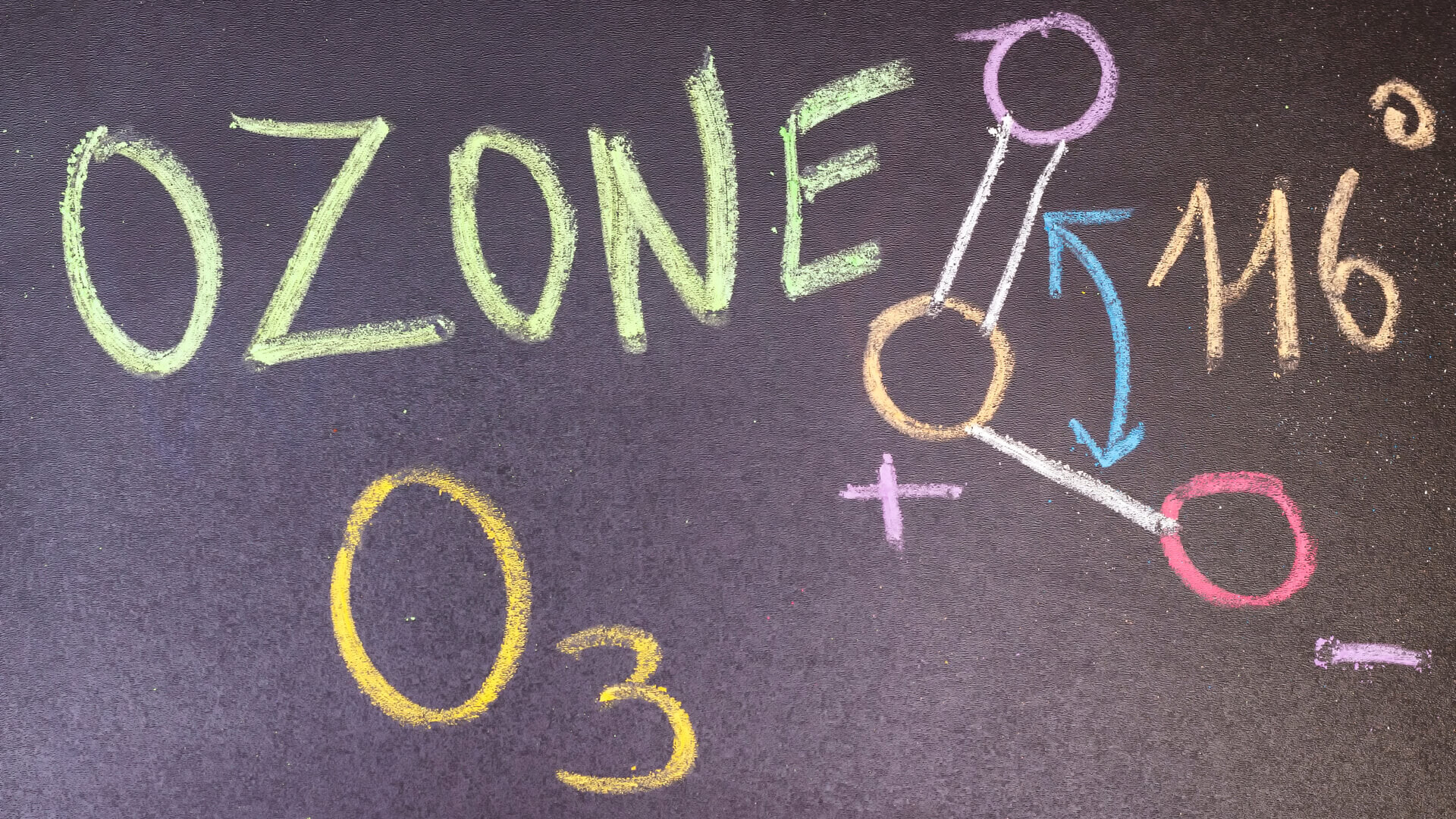Why Does my Air Purifier Make My Nose Hurt?
Experiencing burning pain with every breath you take is very difficult to ignore. A sore, irritated, and bleeding nose can really ruin your day, especially when you thought your new air purifier would eliminate any nasty nasal issues forever.
Unfortunately, getting an air purifier isn’t always the end of your nose troubles. These devices are great for destroying allergens and cleaning the atmosphere in your home, but in certain conditions they can further aggravate your sensitive nasal passages and sinuses.
This doesn’t mean your air purifier is making you sick; nasal pain can be caused by a combination of factors, all of which can be easily dealt with once you know how. In this article, we look at common reasons why your air purifier may cause nasal and sinus pain, and how best to fix them.
What Are Sinuses?

Your sinuses are made up of four pairs of connected passages within the facial bones of your skull that help to lighten the weight of the skull and moisturize the inside of the nose. They range from only a few millimeters in size to several centimeters across, and they create a mucus which lines the inside of the nasal cavity to keep it comfortable while also protecting against pollutants and debris.
The largest sinuses are known as the maxillary sinuses, these are located beneath the eyes next to the nose. The frontal sinuses are situated in the lower section of the forehead, and the sphenoid sinuses are found in the back of the nasal cavity. Finally there are the ethmoid sinuses, which are located between your eyes and behind the top of your nose and are usually responsible for nose pain.
How Can An Air Purifier Cause Pain in Nose & Sinuses?
It may come as a surprise, but air purifiers can certainly contribute to nasal pain if the circumstances are right. In this section, we break down the top reasons why your air purifier is making your nose hurt:
High Humidity Levels

Humidity describes the presence of water within the atmosphere. “Relative humidity” measures how much water vapor is in the air, and how close the air is to saturation. The higher the number, the more water that is present. You cannot see humidity, but there’s only so much water vapor that can be held in the air before it starts to condense into clouds or fog. This varies depending on the ambient temperature and air pressure.
Humidity can be rather uncomfortable. The air will be thicker to breathe and the moisture levels will make you feel sticky and hot. High humidity is good, though, for the nasal passages. It helps to keep them moisturized so that your sinuses can produce less mucus than normal.
An air purifier pulls in the humid air and recirculates it around the room, which makes the moisture levels unstable. This change can be a shock to your sinuses, causing inflammation, pain and even nosebleeds. To avoid this, you should reduce the humidity to a comfortable level before switching on your air purifier. The best way to do this is by using a dehumidifier.
Lack of Moisture in The Air

Just as unstable humidity can cause nose pain, breathing very dry air can have the same effect. Dry air is a common issue for people who live in desert areas. The lack of rainfall and cloud cover often combined with high temperatures contribute to extremely low moisture levels in the air. Even if you don’t live in the desert but live nearby, desert winds can strip the moisture from the air in your neighborhood very quickly if they blow through.
If you breathe air which is very dry, this will suck moisture from your nose and sinuses, limiting the amount of available mucus. This leads to a drying out of the lining, causing a dry, sore nose and irritated sinuses.
If you have very dry air and then use an air purifier, this can exacerbate the problem further. As the air purifier processes the air, any moisture that remains could be lost. The best way to deal with nose pain caused by dry air is to use a humidifier in your home. These devices add moisture to the air to bring the humidity up to a level that is much more comfortable for your nasal passages and sinus structures. A good all-around model is the Levoit LV600HH ultrasonic humidifier.
You can also try using a less powerful setting on your air purifier, in order to preserve what moisture there is in the atmosphere as best you can.
Air Purifier Placement

If none of the above factors apply to you, the cause of your nose pain could be due to where you are using your air purifier. Many people use their air purifier in the rooms where they spend most of their time, such as the living area. You may even keep your air purifier close to your bed overnight. It may seem counterintuitive, but spending too much time close to your air purifier can irritate your nose and breathing passages.
This is because the air emitted from your purifier can be drier than the surrounding air. This isn’t such a problem if you give the air time to circulate and balance, but if you are nearby for significant periods your nose will start to dry out and become sore. To combat this, you can reduce the power setting on your air purifier to a lower level, or simply move it to a room which you spend less time.
Ozone

Ozone gas is comprised of three oxygen atoms and is used by some air purifiers to attract and disable troublesome particles and pollutants in the air. While it may be effective for this purpose, ozone is a very toxic gas which can cause irritation and inflammation to the lungs, throat, and nasal passages. If you are exposed to ozone for a long time, there is a risk of serious damage to your health.
You should do all you can to avoid using any air purifier which emits ozone. This isn’t always easy, though, as some products don’t clearly state that they use ozone. If your air purifier mentions the use of ‘activated oxygen’ or something similar to this, you should turn it off until you have investigated further.
If you use an ionic air purifier, some older types may create ozone in an indirect manner. This is due to the way they use electrical charges, which can stimulate oxygen molecules and cause them to bind with another oxygen atom (thus turning into ozone).
Newer ionic air purifiers, such as the “Envion Ionic Pro Turbo,” however, can actively destroy ozone in the atmosphere. Alternatively, if you want to prevent any possibility of ozone generation, a HEPA filtration system is your best option.
Whilst we are on the subject, it’s important for us to point out that ozone-generating air purifiers are very different to “ozone generators,” which are used to eliminate odors. These products are designed to be used according to strict guidelines, so they shouldn’t cause you any issues so long as the instructions are followed carefully.
Final Thoughts
Air purifiers are a great way to ensure you and your family are breathing clean, healthy air. As we have seen, though, there can be times when your air purifier works against you.
If the atmosphere in your home is too humid or dry, your air purifier can inadvertently make the problem worse – causing pain and irritation in your nose and sinuses. Furthermore, some air purifiers are too powerful to be exposed to for long periods, as this will result in an over-drying of the nasal lining.
So long as you take steps to balance the atmosphere when necessary – either by using a humidifier, dehumidifier or simply taking a break from your air purifier altogether – you should find your sore nose becomes a thing of the past.




